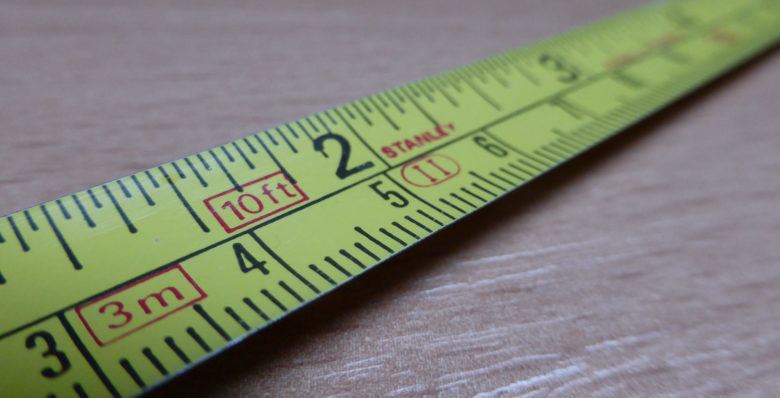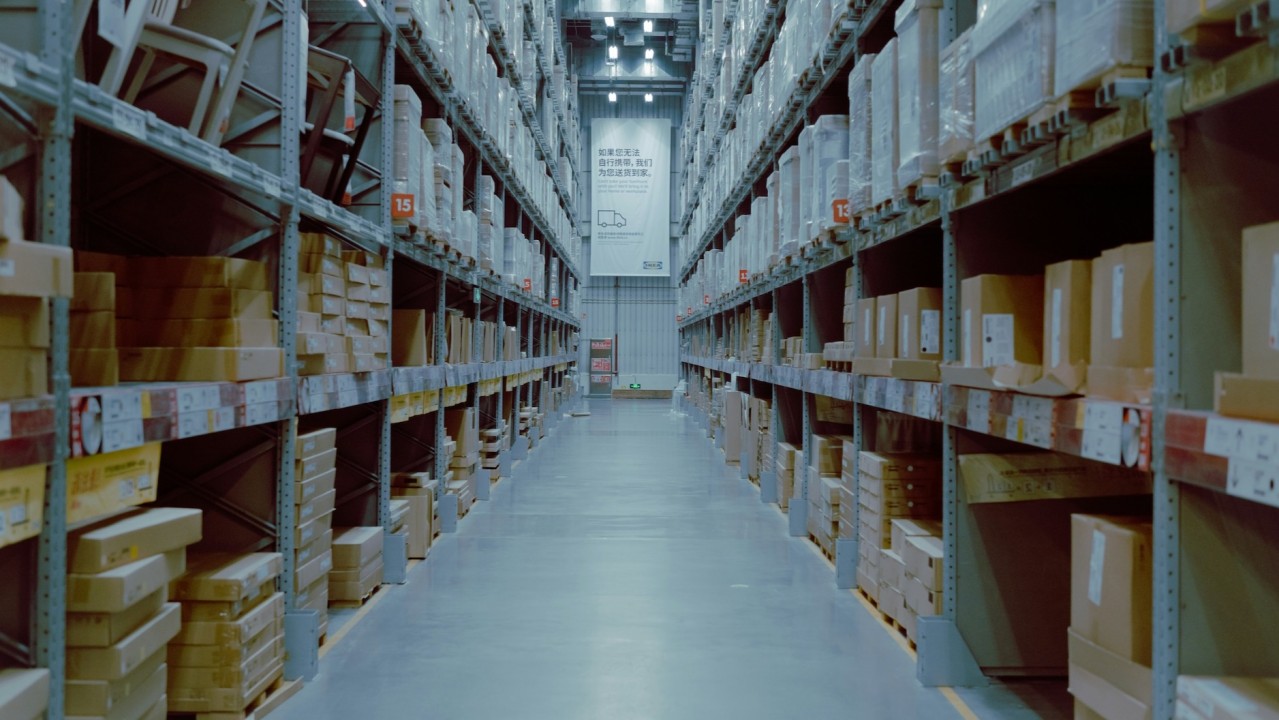Traditional Supply Chain Metrics are relatively well known. In the age of empowered consumers, customer centric supply chains have become more important. Within the context of customer centric supply chains, it’s important to look at these supply chain metrics as they relate to the customer-centric model.
1. Perfect Order Measurement
The Perfect Order Measurement is a well-known and long standing supply chain metric. It stands as one of the most important measure of the soundness and optimization of a supply chain. Perfect Order Measurement is the holistic metric to measure the effectiveness of a supply chain
The traditional calculation is ((total orders – error orders) / total orders) * 100.
In the customer-centric model, Perfect Order is equally important.
In essence, Perfect Order refers to the percentage of total orders that have no errors. The measure generally looks at the entire supply chain, from procurement to delivery. In the customer-centric model, however, we look more towards, well, the customer.
2. Inventory to Sales Ratio
Customer centric supply chains, when done correctly, will allow a business to keep a low Inventory to Sales ratio by using data to understand customer behavior in order to project the inventory needed to meet demand.
The simple calculation of Inventory to Sales Ratio is (Inventory value)/(Sales value)
3. Time to Delivery
We’ve written extensively about the new expectations of consumers, and how these expectations extend to the delivery experience. Part of these new expectations is delivery time. With the advent of same-day, and even one-hour delivery, consumers expect to get their package, food, or service in a much shorter period of time.
Measuring how quickly a delivery gets to its final destination, from the time it’s dispatched or ordered, will be a powerful metric to look at when figuring out how to improve optimize your supply chain and outbound logistics.
4. Customer Satisfaction
In a recent study, 86% of consumers stated they were willing to pay more for a better experience. Repeat customers, positive reviews and an overall better company image all affect the business itself and its future potential. Measuring customer satisfaction is a crucial way to identify weak points in the customer centric supply chain and learn how to fix it.
In order to measure this, having a system in which customers can rate their experience that funnels back into a central system will enable your business to pull wholistic reports and understand how customers feel and why they may be unhappy. With this data, you can figure out ways to fix those issues.
Customer satisfaction can be accomplished by providing the end-customer with the kind of experience he or she wants; these days, that experience includes the ability to track their order through their mobile phone on a real-time map, as well as the ability to communicate directly with the driver.
5. Order Visibility
In the Customer Centric Supply Chain model, order visibility is the absolute most important metric. Here’s the fact: an effective customer centric supply chain needs to have 100% visibility.
Having visibility over your entire supply chain, knowing where packages and deliveries are at any given time. What truck they are on, who is driving it and when they arrive at their final destination. Visibility also refers to knowing where your fleet is at any given time – when they are on shift, in the middle of a delivery, and where they are in real-time.



